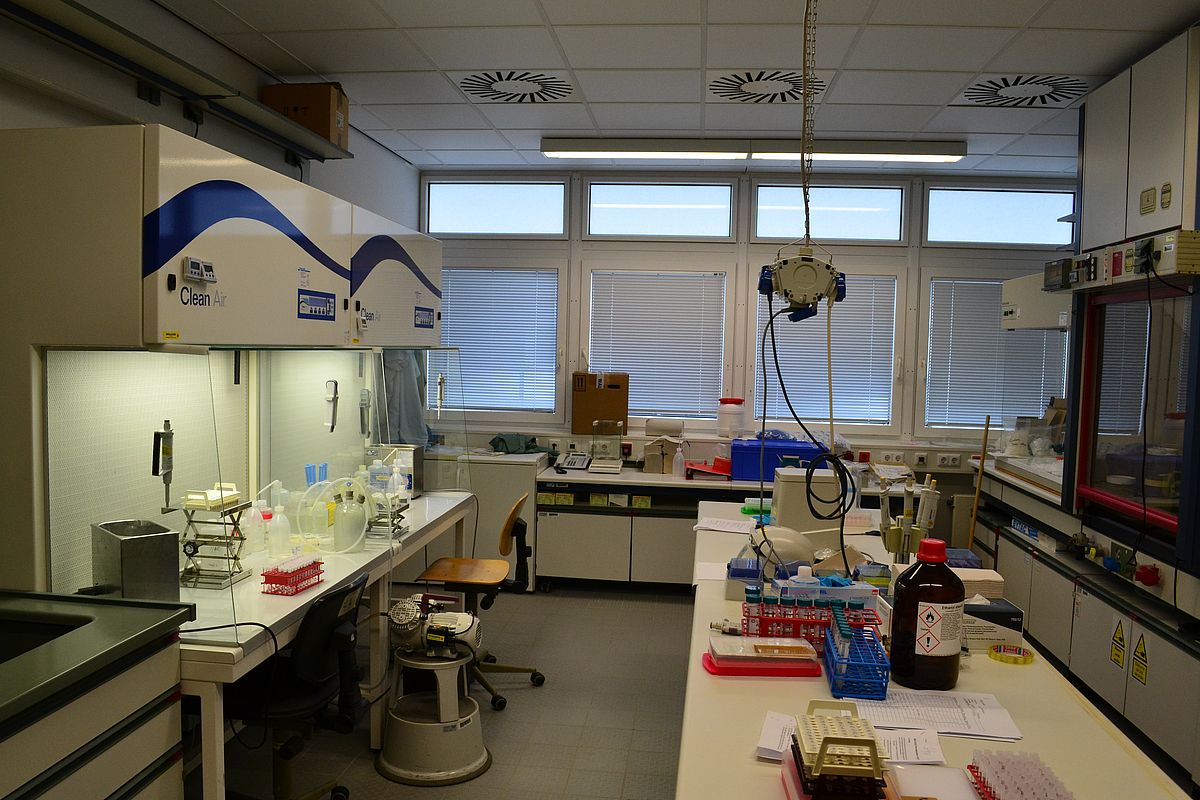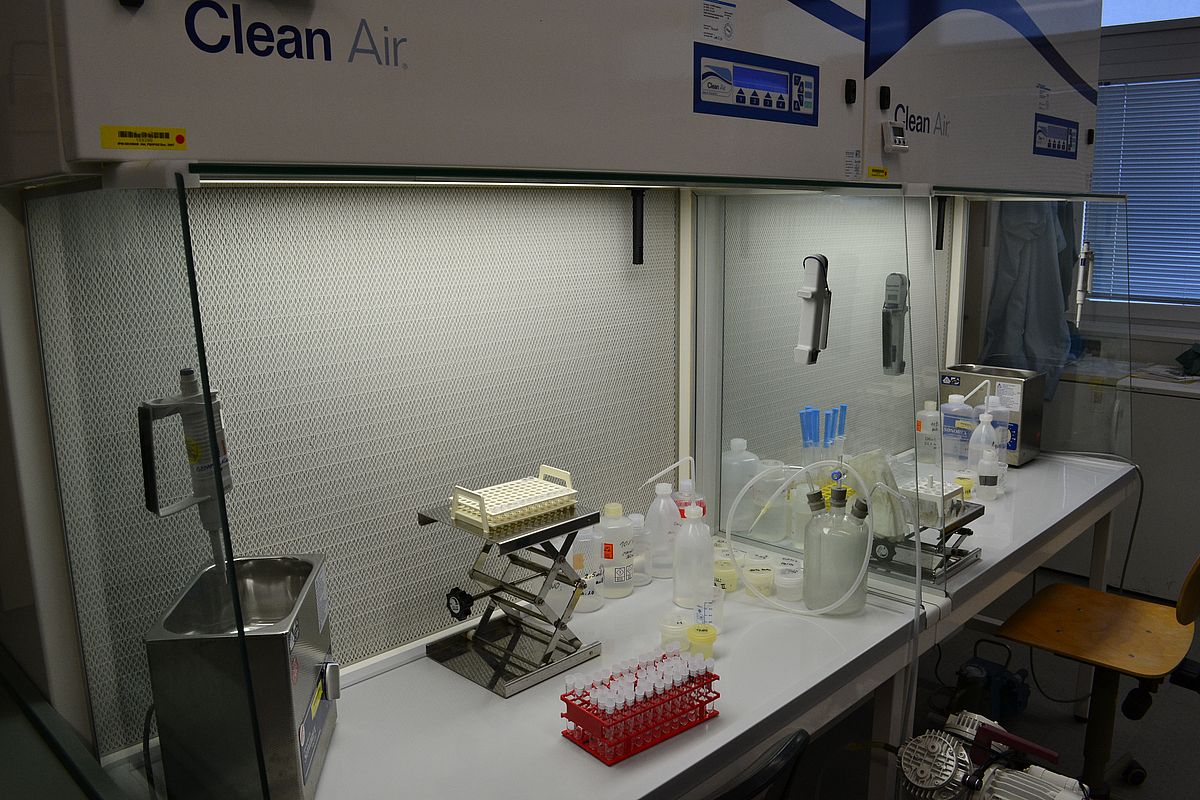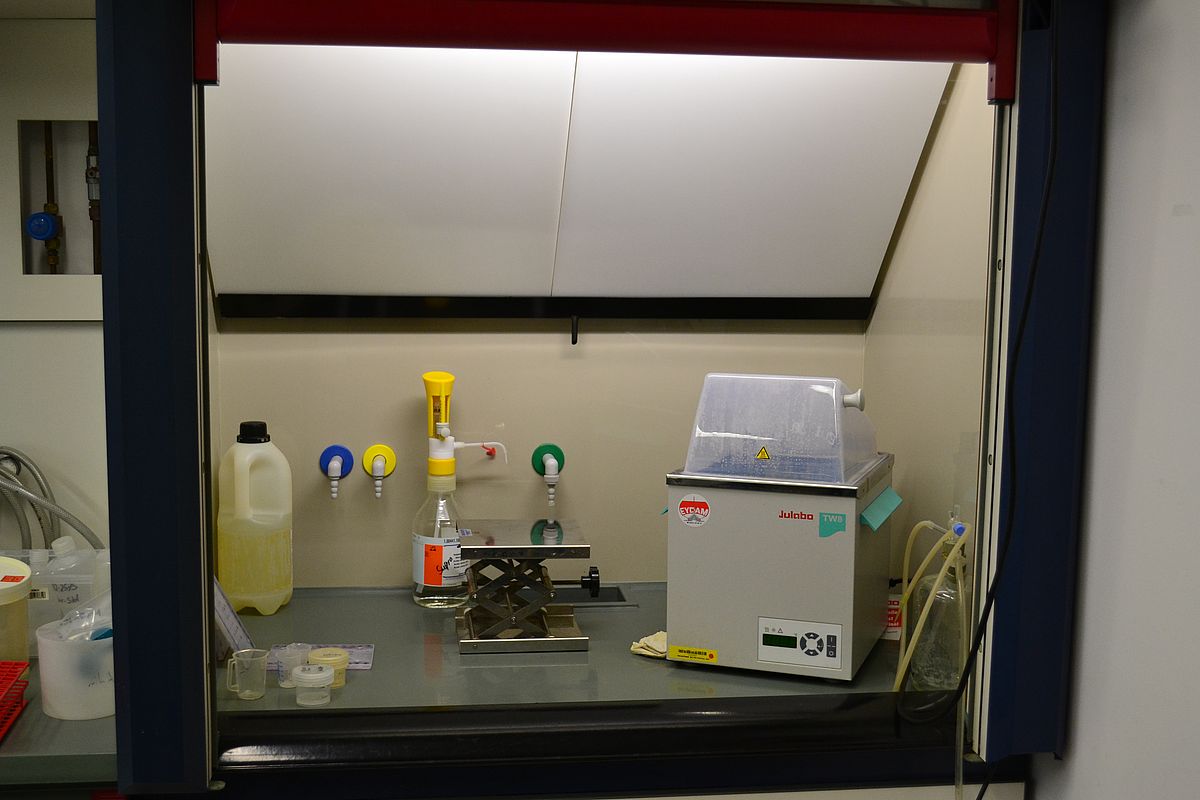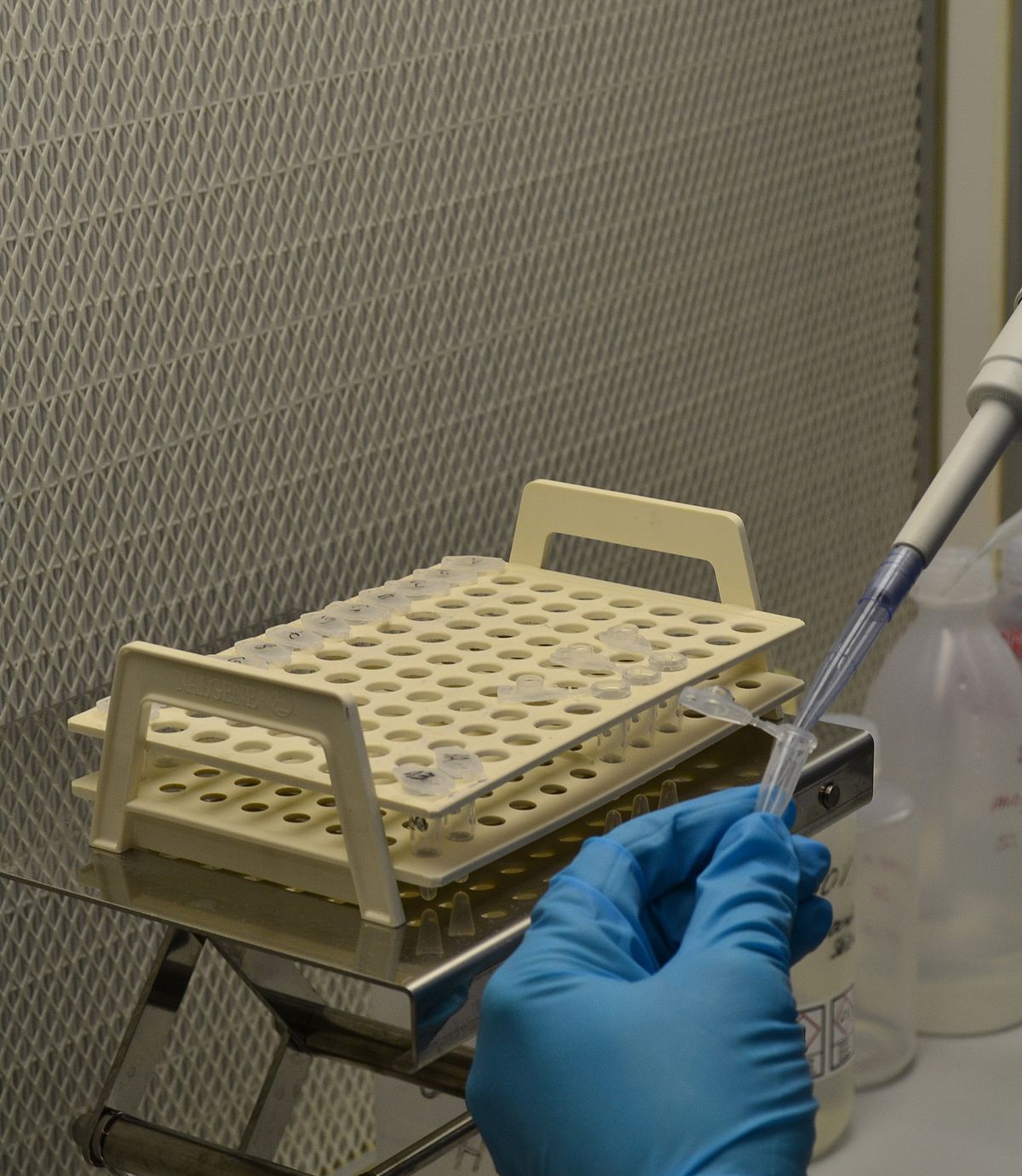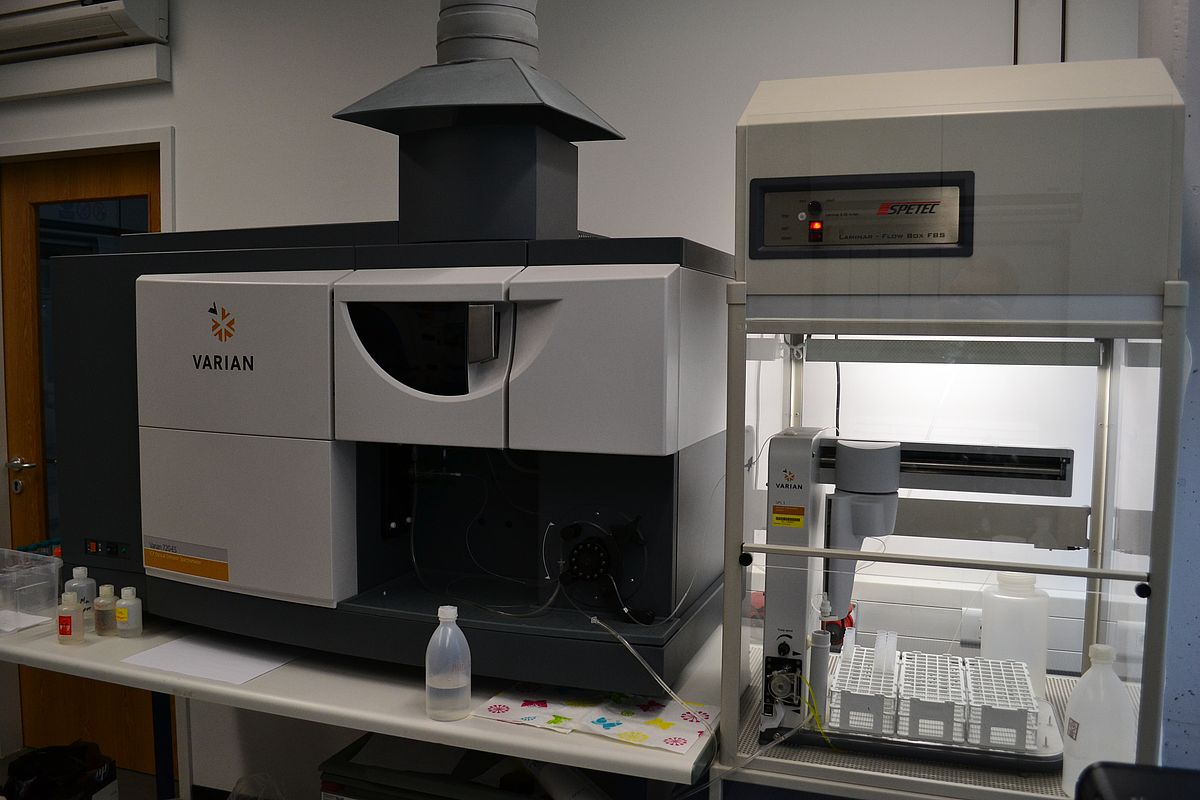Background information:
Reliable sea surface temperature (SST) estimates are crucial to the reconstruction and modelling of past climate change. Reconstructions of the thermal state of the ocean, in turn, may help to assess the significance of instrumentally observed climate variability, and may validate global circulation models used to predict future climate change. Most promising in this respect is the Mg/Ca paleothermometry, which is based on the temperature-dependance of the substitution of magnesium into biogenic calcite. It has long been known that tropical calcitic shells of marine organisms are generally more enriched in magnesium than subpolar shells (e.g., Savin and Douglas, 1973). But in particular for the important group of foraminifera (marine protoza) a well-defined and species-specific calibration of the shell Mg/Ca ratio on ocean temperature was missing until the mid nineties (Nürnberg, 1995; Nürnberg et al., 1996). Such species-specific Mg/Ca versus temperature relationships, however, are essential for all further quantitative paleo-temperature reconstructions.
Meanwhile, the analytical protocol for Mg-analyses has established (Greaves et al., 2008), and the Mg/Ca paleothermometry providing a SST accuracy of ~0.5-1°C became one of the most important tools in paleoceanography. From cultivation experiments and core-top calibration studies, an exponential relationship between temperature and foraminiferal Mg/Ca was suggested for most planktonic species (e.g., Elderfield and Ganssen, 2000; Anand et al., 2003; Regenberg et al., 2009). Although temperature is the primary control on Mg/Ca, salinity and pH exert additional influence on Mg2+ uptake. Mg/Ca positively changes with salinity (Nürnberg et al., 1996; Kisakürek et al., 2008), which requires caution when expecting large-scale salinity variations through time. Seawater pH, instead, is negatively correlated to Mg2+ incorporation (Kisakürek et al., 2008). Both effects are assumed to cancel each other (Lea et al., 2000).
The method offers unique advantages compared with other SST proxies. Most importantly, Mg/Ca is measured on the same biotic carrier as stable oxygen isotopes (d18O), thereby avoiding the seasonality and/or habitat effects that occur when proxy data from different faunal groups are used. Also, the magnitude and timing of SST and d18O changes can be separated, allowing to constrain the timing of surface ocean warming with respect to continental ice sheet melting, and to approximate changes in ocean salinity (e.g., Nürnberg, 2000).
Most prejudicial to Mg/Ca paleothermometry is that calcite dissolution may cause the preferential removal of relatively soluble magnesium-enriched calcitic parts of the shells (Brown and Elderfield, 1998) and thus, may limit the applicability of Mg/Ca as a tracer for SST. Regenberg et al. (2006) defined the oceanic 18-26 µmkg-1 DCO32- threshold of calcite saturation as critical for the removal. Various algorithms to correct for dissolution effects were proposed accordingly (Rosenthal et al., 2000; Dekens et al., 2002; Regenberg et al., 2006). Whether the long-term changes in seawater Mg/Ca (Tyrrell and Zeebe, 2004) need to be considered for the Mg/Ca paleothermometry, it still deficiently studied.
Publications from the lab


